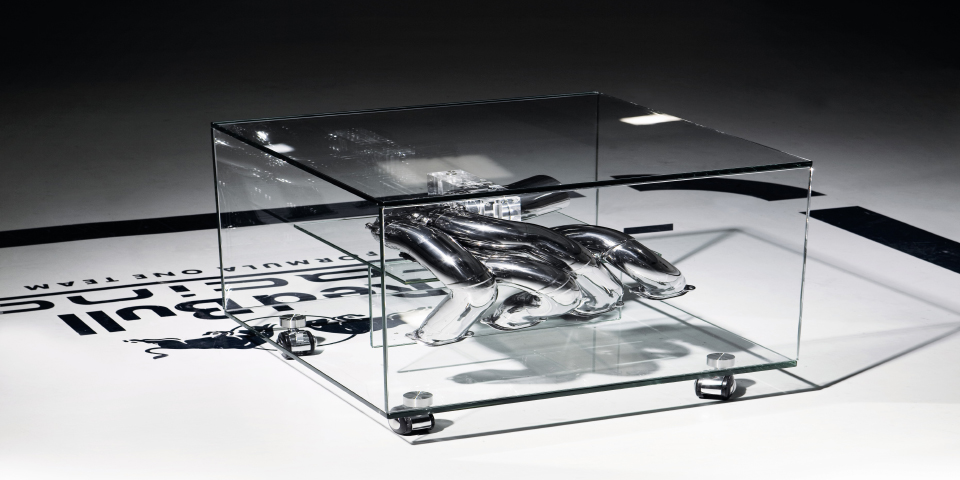Gold & Silver Jump Again as Fed Threatens
From Adrian Ash
Japan Delivers Fresh “Monetization” of Government Bonds
THE PRICE OF SILVER and gold bullion leapt overnight in Asian and early London trade on Tuesday, hitting new highs vs. the Dollar as world stock markets also rose on fresh promises of quantitative easing on either side of the Pacific.
Both the central banks of Australia and Japan defied analyst expectations – and Asian Gold Dealing “finally saw a little volatility” said one Hong Kong dealer – by failing to raise and by slashing their interest rates respectively.
Overnight rates were left at 4.50% by the Reserve Bank of Australia, while the Bank of Japan cut its key lending rate from 0.1% to 0.0%.
Tokyo also opened the door to a new round of money creation, establishing a new “asset purchase program” worth an initial ¥5 trillion ($60bn).
Most critically, notes Diapason Commodities’ Sean Corrigan, “They’ve lifted the long-standing bank note vs. JGB cap” – under which the central bank would only buy Japanese government bonds to the value of bank-notes in issue, rather than “monetizing” Tokyo’s debt and moving towards “turning all titles [to financial assets] into money.”
Over in the United States too, “QE II looks as if it is coming,” says Steve Barrow at Standard Bank today, “and there’s not much that [Friday’s] payroll data can do about it.”
“I think it is fair to say that [quantitative easing] is an imperfect policy tool,” said the New York Federal Reserve’s Brian Sack – head of the US central bank’s bond-buying program – in a speech on Monday.
But ahead of Nov.’s widely-expected return to quantitative easing by the Fed, however, “Balance-sheet expansion appears to push financial conditions in the right direction,” Sack went on, “in that it puts downward pressure on longer-term real interest rates and makes broader financial conditions more accommodative.
Speaking to college students yesterday, Fed chairman Ben Bernanke also called quantitative easing “an effective program.”
Back in the gold and silver markets, meantime, “[Precious metals] had dipped briefly and quickly rebounded – a sign of a short market,” says one Japanese broker in a note.
“The Bank of Japan’s rate-move was the trigger that started traders’ short-covering” – i.e. buying gold and silver to cover the bearish positions they already had in place.
Gold priced in Japanese Yen jumped this morning to a 16-week high above ¥3,567 per gram.
Australian investors looking to Trade Gold today saw the price rise 1.8% to a 5-week high of A$1385 per ounce.
“Last week’s anticipated correction lower [in Gold Prices] was very short-lived indeed,” says Commerzbank’s Axel Rudolph in his weekly report today.
“We will therefore remain bullish,” says Commerzbank’s technical analyst, for as long as gold trades above last week’s low of US$1280.70 per ounce.
“Projected upwards from the March low” and on a short-term view of 1-3 weeks, “$1350.50 [is] in sight.”
By the start of New York trade on Tuesday, the US-Dollar gold price stood above $1331 per ounce, some 15% higher from the low hit in late July.
Elsewhere on Tuesday, silver prices jumped to fresh three-decade highs above $22.40 per ounce, adding almost than 3.1% during the first 3 trading days of October alone.
Major-economy government bonds held flat overall, while Japanese stocks rose 1.5% and European equities added almost 1% on average.
Crude oil rebounded to $82 per barrel, while the broader commodity markets also rose.
Adrian Ash
Gold price chart, no delay | Buy gold online at live prices
Formerly City correspondent for The Daily Reckoning in London and head of editorial at the UK’s leading financial advisory for private investors, Adrian Ash is the editor of Gold News and head of research at BullionVault – winner of the Queen’s Award for Enterprise Innovation, 2009 and now backed by the mining-sector’s World Gold Council research body – where you can buy gold today vaulted in Zurich on $3 spreads and 0.8% dealing fees.
(c) BullionVault 2010
Please Note: This article is to inform your thinking, not lead it. Only you can decide the best place for your money, and any decision you make will put your money at risk. Information or data included here may have already been overtaken by events – and must be verified elsewhere – should you choose to act on it.













